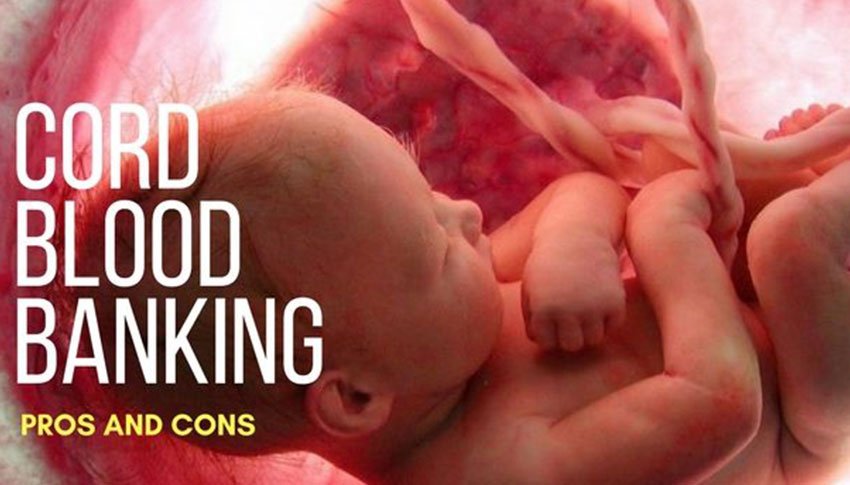Table of Contents
Freezing umbilical cord stem cells: Advantages and disadvantages
Freezing umbilical cord stem cells have become a popular practice among parents, who are increasingly aware of the benefits of this procedure. Science has shown that conserving the stem cells found in the umbilical cord can make a big difference in the baby’s life in the future. In addition, it is a very simple procedure because once the blood sample is extracted from the cord, it only remains to keep it in a bank, who is responsible for carrying out the entire process.
Why is it a good idea to preserve umbilical cord stem cells?
The blood that is inside the umbilical cord contains a high number of stem cells, which well conserved can be very useful in the long term. Stem cells are a special type of cell that has the ability to divide and transform into any other type of cell in the body. These two characteristics make them very valuable cells in the field of regenerative medicine, which is responsible for regenerating cells or tissues damaged by disease from stem cells.
There are some diseases that are treated successfully by stem cell-based procedures, such as multiple myeloma, hereditary anaemia, leukaemia and some immune diseases. Also, studies are being done to start using them in other conditions such as diabetes, Parkinson’s, multiple sclerosis, corneal injuries and spinal cord disorders.
In these treatments, you can also use donor stem cells, but the truth is that the baby’s stem cells are more viable because they are 100% compatible with the small. It is estimated that those who receive stem cells from compatible donors have up to a 75% chance of rejecting them, a risk that those who use their own stem cells do not have.
In addition, stem cell transplants are associated with a lower risk of viral infections, such as that caused by cytomegalovirus, a type of infection that can be potentially lethal to the recipient. This is because cytomegalovirus is usually latent in about half of the adult population while less than 1% of babies are born with the virus.
However, when deciding whether or not to preserve the baby’s umbilical cord blood after birth, we should not only focus on its benefits, but it is also important to take into account the disadvantages.
Stem Cell Banking Pros and Cons
| Advantages | Disadvantages | |
|---|---|---|
| Risk-free and painless technique | Insufficient cell number | |
| Prevention of childhood diseases | Limited existence | |
| Faster and more accessible process | Very small quantities is obtained | |
| It is the ideal solution for certain diseases | Restrictions on Autologous treatment |
Stem Cell Banking Pros
Risk-free and painless technique
So is! The technique used by experts does not imply any risk, neither for the mother nor for the baby. After birth, the umbilical cord is clamped and, before the placenta is expelled, blood is drawn from the umbilical vein. The rest is in charge of the cord blood bank itself!
Prevention of childhood diseases
There are more and more advances that fight childhood diseases but, unfortunately, there is still much to be done. Thanks to the stem cells that are obtained from the umbilical cord blood, there are many treatments that can be carried out to fight certain conditions.
Faster and more accessible process
Although talking about stem cells looks like something from another world, at the time of a quick medical performance it is one of the most agile and effective solutions. Going to the stem cells means a shorter process than other transplants, such as bone marrow.
It is the ideal solution for certain diseases
When we talk about specific diseases, such as leukemia, lymphomas or other blood diseases, stem cells extracted from the umbilical cord are the best solution. Thanks to these cells, the patient’s blood and immune system can be regenerated.
Stem Cell Banking Cons
Just as the mother cells obtained from the umbilical cord have a series of benefits, they also have some limitations at present, we explain to you next.
Insufficient cell number
Especially in cases in which the size and thickness of the cord so determine.
Limited existence
These cells are collected only once; later, cells of this organ can no longer be obtained. In addition, it is only scientifically proven that its duration is 15 years of freezing.
Restrictions on Autologous treatment
Its use in congenital diseases is not advised. Therefore, in these cases, it is best to use stem cells from the umbilical cord of a compatible sibling, since the survival of transplants between relatives is greater than those of unrelated people.
